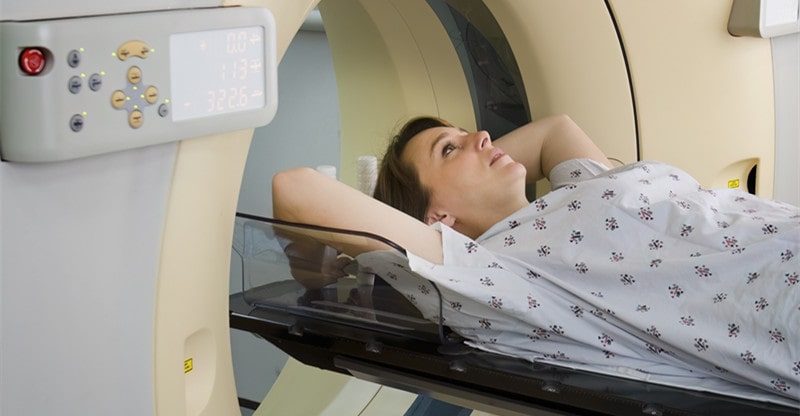Exploring the Differences: Understanding Breast MRI vs Ultrasound
Did you know that about 240,000 cases of breast cancer are diagnosed in women each year in the US? With such high numbers, it’s important for women to undergo screenings to catch any potential abnormalities early on.
Two commonly used imaging techniques for breast cancer detection are MRI and ultrasound. Both can provide valuable information about breast health, but they are different technologies.
Continue reading as we explore the differences between breast MRI vs ultrasound. This is to help you better understand these imaging modalities.
Type of Imaging Technology
MRI uses strong magnetic fields and radio waves to produce images of the inside of the body. It is a non-invasive procedure that does not use radiation. This makes it safer for repeated use compared to other imaging techniques like X-rays or CT scans.
Ultrasound uses sound waves to create images of internal structures. It is also non-invasive and does not use radiation. This makes it a preferred option for pregnant women and those with metal implants.
Purpose and Usefulness
Breast MRI is used as a supplemental tool in breast cancer screening for women. It can also be used to check abnormalities found on mammograms or ultrasounds. This also includes detecting breast implant ruptures.
Ultrasound is used as an initial screening tool for women with symptoms such as a breast lump or pain. It can also be used to guide biopsies or track changes in breast tissue over time.
Image Quality and Interpretation
MRI provides highly detailed images of breast tissue. It can detect cancers at an earlier stage than other imaging techniques.
However, it may also produce false positives. This leads to unnecessary follow-up tests or procedures.
Ultrasound images are not as detailed as MRI. But can still provide valuable information about the size and characteristics of a breast abnormality. Additionally, ultrasound allows for real-time monitoring during procedures like biopsies.
Overall, MRI is better at detecting breast abnormalities. They provide detailed anatomical information. Ultrasound is better for visualizing changes in breast tissue and guiding procedures.
Cost and Availability
Breast MRI is a more expensive imaging technique compared to ultrasound. It also requires specialized equipment and trained personnel. This makes it less accessible in some areas.
On the other hand, ultrasound machines are more widely available and have lower costs. This makes it a more affordable option for routine breast screenings and follow-up tests.
Comfort and Time of Procedure
While both procedures are generally painless, some women might find the MRI machine’s enclosed space uncomfortable. This is especially those with claustrophobia. The procedure time for a breast MRI is typically longer, usually between 45 to 60 minutes.
On the contrary, an ultrasound usually takes about 15 to 30 minutes. It does not require the patient to be inside an enclosed machine.
To help you make the right choice, check out these telemammography services. They provide convenient and accessible breast imaging techniques for women
Breast MRI vs Ultrasound: Knowing the Differences
Understanding the difference between breast MRI vs ultrasound can help individuals choose the appropriate screening method for them. Both are valuable tools in the early detection of breast abnormalities. They each have their strengths, limitations, and specific purposes.
Consult with your doctor to determine which option is best for you based on your medical history and risk factors. Remember, early detection saves lives! So make sure to schedule regular breast screenings and follow up on any abnormalities found.
For more informative articles, check out the rest of our website!



